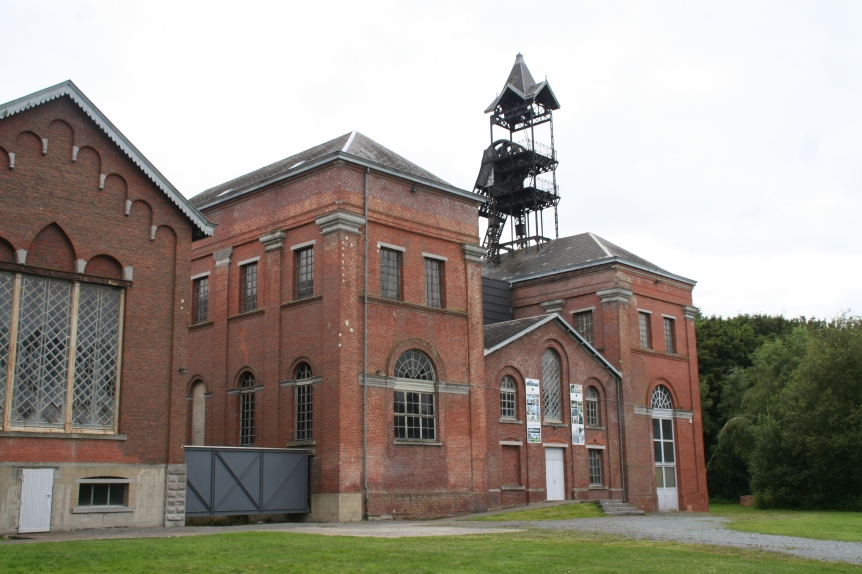It has been some time since the last article was published. Today, though, Pangloss presents a review of the film The Siege of Jadotville (2016). In keeping with the theme of this blog, our focus will be on the film’s historical content rather than its cinematographic value. This is particularly important, given that most of its audience will be approaching it without any knowledge about Congolese history and the subtleties of the event it portrays. The relationship between historical drama and genuine history is always a tenuous one but Siege of Jadotville fails to achieve any kind of balance – as we shall see below.
First, let’s look at what the film sets out to achieve. To understand the film, the most important thing to remember is that Siege of Jadotville sees itself as a war film to the exclusion of all else. As the title might indicate, what the director is interested in is the actual fighting at Jadotville rather than what that fighting was actually intended to achieve. And, like any war film, it needs its plucky heroes and scheming baddies. The goodies the film chooses are, unambiguously, the Irish company sent to defend the town against the Katangese hoards. This, together with the combined heroism, pluckiness, and good-humour of the Irish troops, gives the entire film an uncanny resemblance to the classic 1964 film Zulu.
What the director apparently fails to understand is that the siege of Jadotville uniquely fails to lend itself to this kind of format. The Congo Crisis, of which it was a part, was not a ‘war’ but a period of political instability punctuated by occasional outbursts of violence. The real siege of Jadotville was not, as the drama depicts it, a kind of African Stalingrad but little more than a skirmish whose only real significance lay in its humiliating outcome for the UN. By exaggerating this minor and ignominious engagement into an epic military confrontation, the entire history of the event is entirely distorted and its real importance lost.

There is also a lack of context. It does not help that the ‘enemy’ – the Katangese – are so poorly characterised. The Katangese president, Moïse Tshombe, is depicted as a cliché’d African despot in the Idi Amin style. For their part, the Katangese troops as a faceless black hoard led by cowardly white mercenaries. Indeed, the viewer does not need to be Malcolm X to be struck by the fact that Tshombe is the only black character in the film. The film is wrong to show the UN attempting to destroy the Katangese state (at least officially) and this creates confusion. What the UN actually wanted to achieve in Operation Morthor was the arrest of white mercenaries, not the deposition of Tshombe outright. Likewise, the entire chronology of the Congo Crisis – including the death of Dag Hammarskjöld! – is reshuffled to make the Jadotville battle more epic.
By far the most worrying part of the film, however, is its Irish nationalist agenda. This is perhaps understandable: history (military history in particular) is not written by the victors but by the country that has the most historians to study it. There is a sizeable amateur literature on which, like the film, focuses on the small military exploits of the Irish company without seeing the bigger picture – naturally this also plays well with the tabloid press too. The film’s biggest failing is therefore not its depiction of cheerful and plucky Irish troops – which is certainly irritating but also a well-established war film cliché – but its failure to unpack these stereotypes. This could easily be done by being aware of why the battle was considered so shameful in the first place. To do this, it is necessary to think about what the world looked like in 1960. Memories of World War II were still very much alive in 1960 and most Europeans (correctly or incorrectly) considered the Irish to have collaborated with the Nazis by remaining neutral during the conflict. When the United Nations was being formed, therefore, the country was barred from joining – a particular humiliation for any new country attempting to establish itself on the international stage. Indeed, Ireland was continuously blocked for an entire decade. The Congo mission was therefore a chance for it to assert its right to belong – a right which the humiliating surrender at Jadotville cast into doubt. By ignoring this and attempting to recast it into a kind of Irish Rorke’s Drift, the film attempts to sanitise the nation’s history by turning a disaster into a celebration of national resilience.
To summarise: the film presented an excellent opportunity to raise some difficult historical questions and failed conspicuously. Rather than attempting to tackle big questions, the film decided to concentrate on explosions and killing to the exclusion of all else – including the basic historical context that the viewer needed to understand the events’ significance and to evaluate their contemporary meaning.


























